1918-1939: Japanese Canadians were faced with many challenges during the years prior to World War II because of racial discrimination. For example, many Japanese Canadians that fought for our country returned from war to find that their jobs had been given to White Canadian workers. This led to enconomic problems for the Japanese Canadians becuase they were unemployed and did not receive veteran's rights after the war. As well as, hatred towards White Canadians during "The Great Depression" beucase they were viewed as "Job Stealers".
Japanese Canadians During World War II
Throughout the internment and the second World War, Japanese Canadians experienced brutal discrimination from their peers and the Canadian government due to their unfavourable ethnicity. As a result, they faced dehumanizing consequences: rejection from Canadian citizenship, forced relocation from their homes, and all of their belongings were sold to pay for war and prison camp expenses.
Japanese life prior to World War II
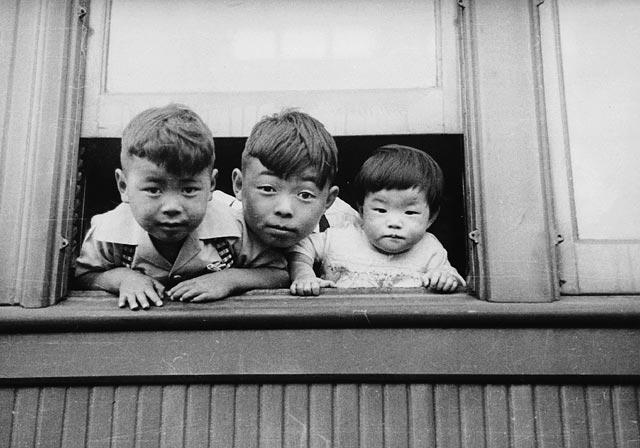
This picture of Japanese kids waiting for their parents to return from war in hopes that their lives would return to normal. Sad to say, the children in this picture and many others were separated from their loved ones and sent to internment camps, as opposed to living a normal childhood like their peers.
1940 to 1945- Interment during World War II
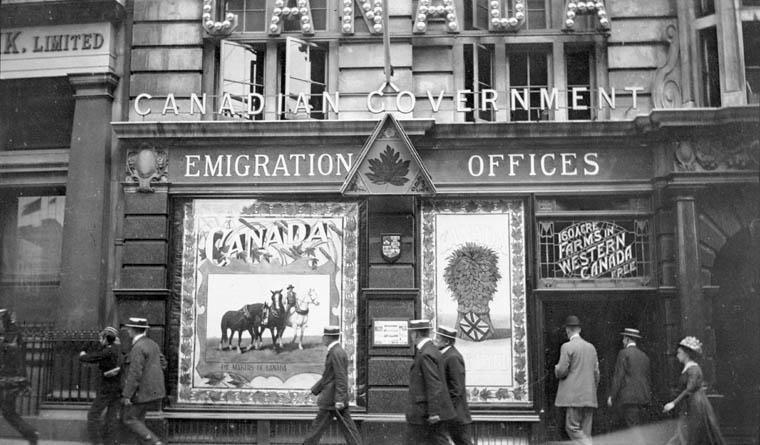
1940: Canada believed closing immigration to all with a Japanese descent was appropriate, after Japan allies with Germany. Immigration being closed off to Japanese people forced many Japanese families to live in unsafe homes during the was. This was the beginning of the social and economical downfall for Japanese Canadians.
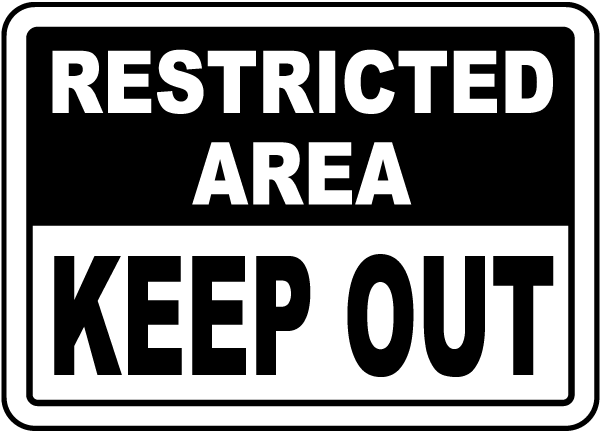
December 7 1941: Japan attacked the Pearl Harbor, which moved Canada to declare war. The war brought motive to discriminate Japanese people because they were considered enemy allies. Canada then, began to use an order in council P.C. 1486 to allow the removal of all Japanese nationals and those naturalized from "protective areas."
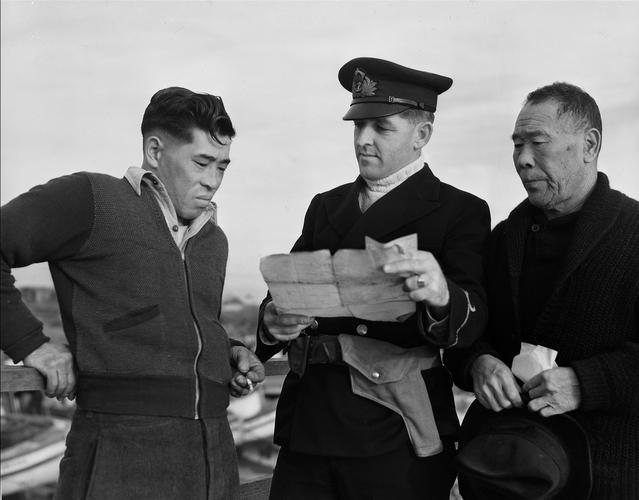
Japanese men getting interrogated while his boat is being impounded. As you can see, the Japanese man seems to be upset because he was losing his watercrafts and being harassed by police because of his race. Imagine living in a world where you were treated poorly for being different, and getting shunned by others in the community because you were different. The mental health issues brought to these innocent people is outrageous.
December 8 1941: Canada's Federal Government declared restrictions on items available to the Japanese Canadians because of the Pearl Harbour attack. The Federal System believed Japanese Canadian's were a threat to Canada and that they should have restrictions on their possessions. The restrictions began with all Japanese owned fishing watercrafts taken as a safety procedure. Japanese Canadians were also unable to purchase gasoline or dynamite, which made earning a living nearly impossible for them.
January 1942: The federal government believed in order to provide safety to our country that an order must be passed for the removal of all Japanese Canadian men ages 18 to 45 from a special "protected zone" in British Columbia. The men were sent to prison camps because they were seen as un-loyal and danger to the Canadian community.
February 24 1942: P.C. empowers the Minister of Justice control of all movements made in "protected areas" by Japanese citizen. Thus, the creation of curfews for Japanese raced people. Everyone with a Japanese origin must be at their home before sunset and shall remain there until sunrise of the following day. The Japanese Canadians were also forbidden from having any electronic devices used at the time such as; cameras, motor vehicles, radio transmitters and any type of ammunition or explosive. The government began their racial discriminations by sending a "Notice" to all pedestrians with a Japanese race, explaining the restrictions there race has to obey. This was one of the many events a part of Japanese's interment.
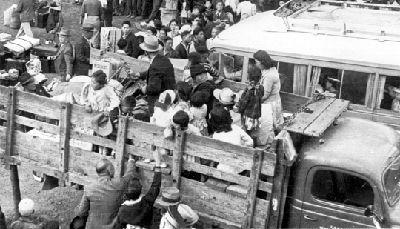
This picture demonstrates the effects interment had on families. During removal of Japanese people from protected zones to interment camps, many families were separated. This affected the people because they were not able to grow with their loved ones and many of the children had to grow up without a mother/father figure.
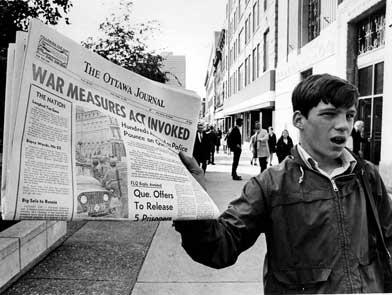
March 1942: The order of removal was expanded to include all Japanese Canadians in the protected zone, About 23,000 men, women, and children were taken from their homes, despite the fact that most of them were Canadian-born or naturalized citizens. They were isolated from the rest and brought to interment camps located in the B.C. Interior. To justify the removal of Japanese Canadians the federal system used the War Measures Act, which granted suspension of basic rights and freedoms of Canadian citizens.
January 23 1943: Canada allowed approximately 200 Japanese-Canadians to enlist in the army as translators and some served front line when there was a shortage of Canadian Soldiers. This was a significant change for all Japanese citizens because they were previously banned from participating in the army due to the War Measures Act. This made Japanese-Canadians eager to join as a way to prove their allegiance to Canada and hopefully end the unfair sufferings of Japanese Canadians. Some of them even got decorated for all their courage and assistance during the war, however, because of the anti-Semitism towards Japanese cultured people, they did not receive any veteran rights when they returned home.
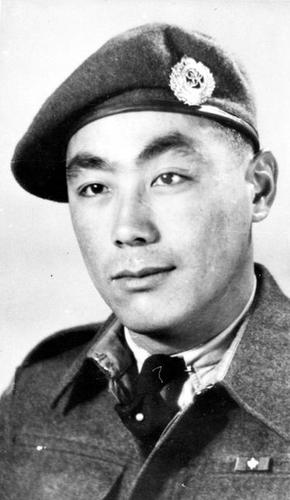
Toru Iwaasa is an example of one of many Japanese Canadian soldiers that fought for our country during World War II but did not receive veteran rights after the war.
January 23 1943: The Custodian of Emeny Property began to sell homes and other belongs to Japanese Canadians. During this time, the Japanese people were in internment camps and thought that the government were holding their properties until they return. However, that was not the case. This was one of Canada's tactics to insure that the Japanese could not return to the west coast due to the lack of income they would return to find.

